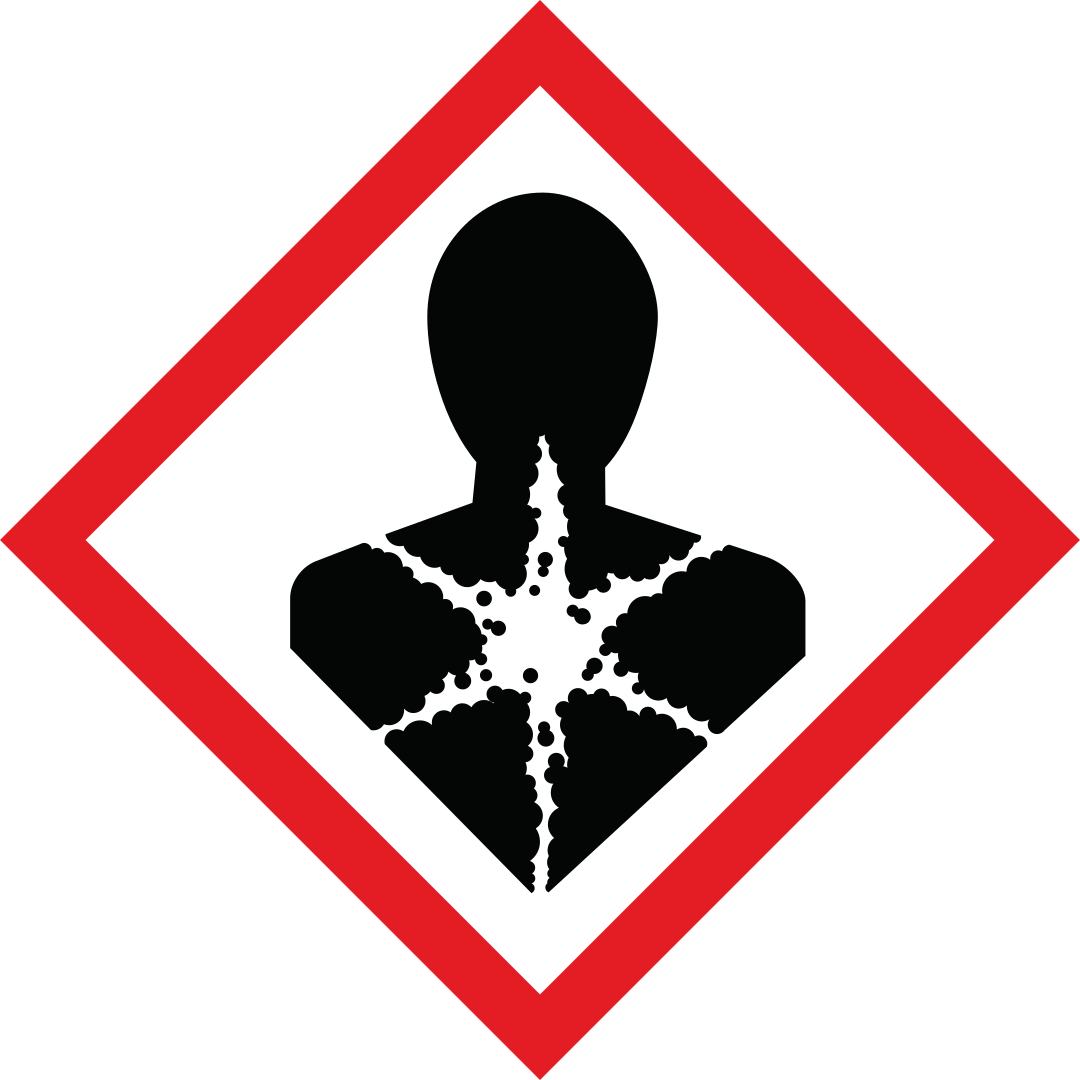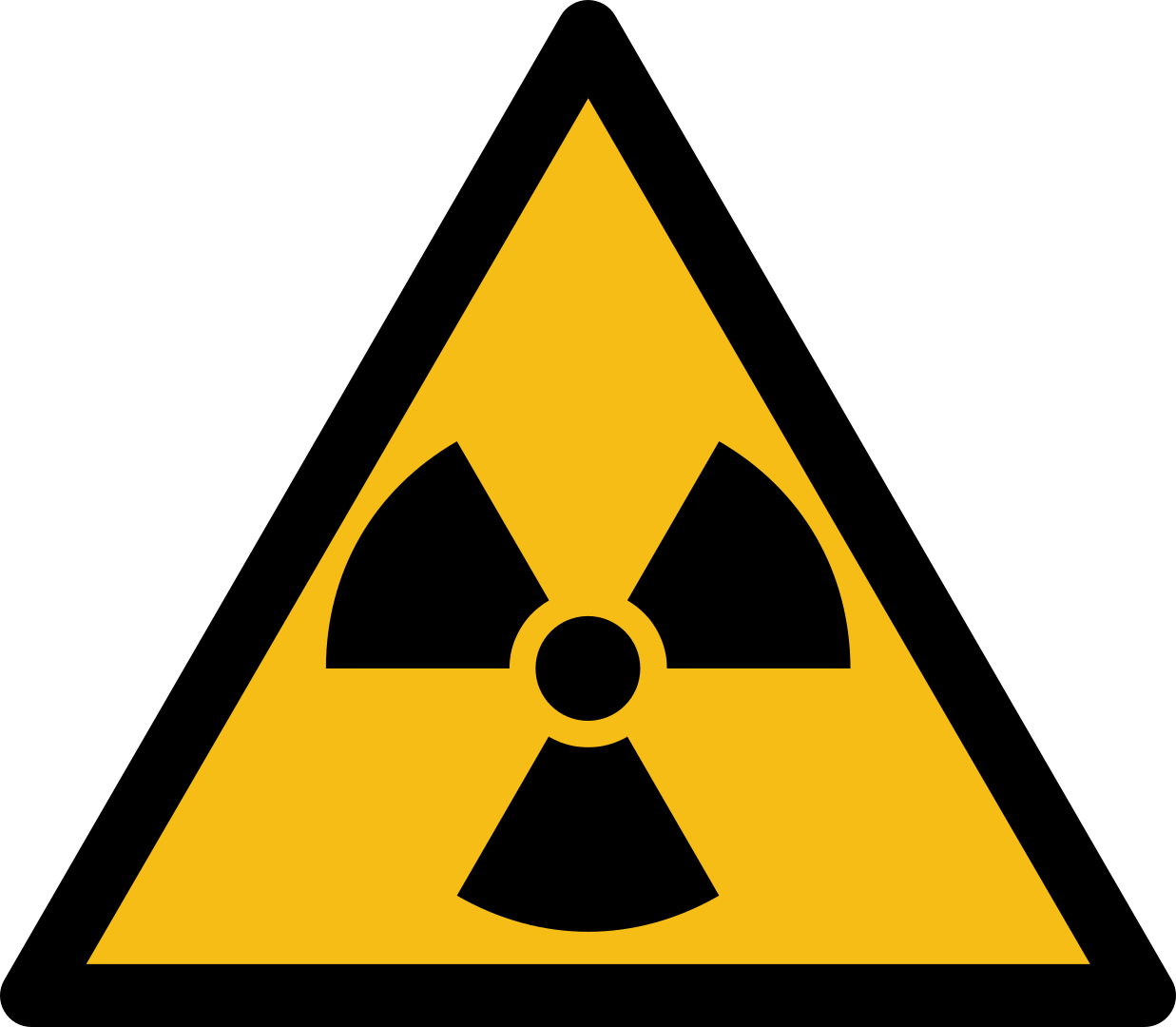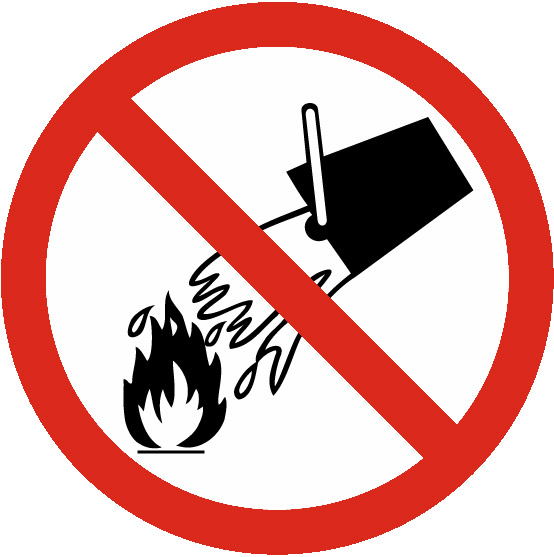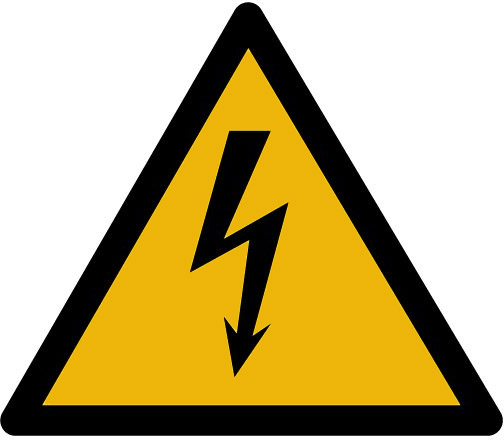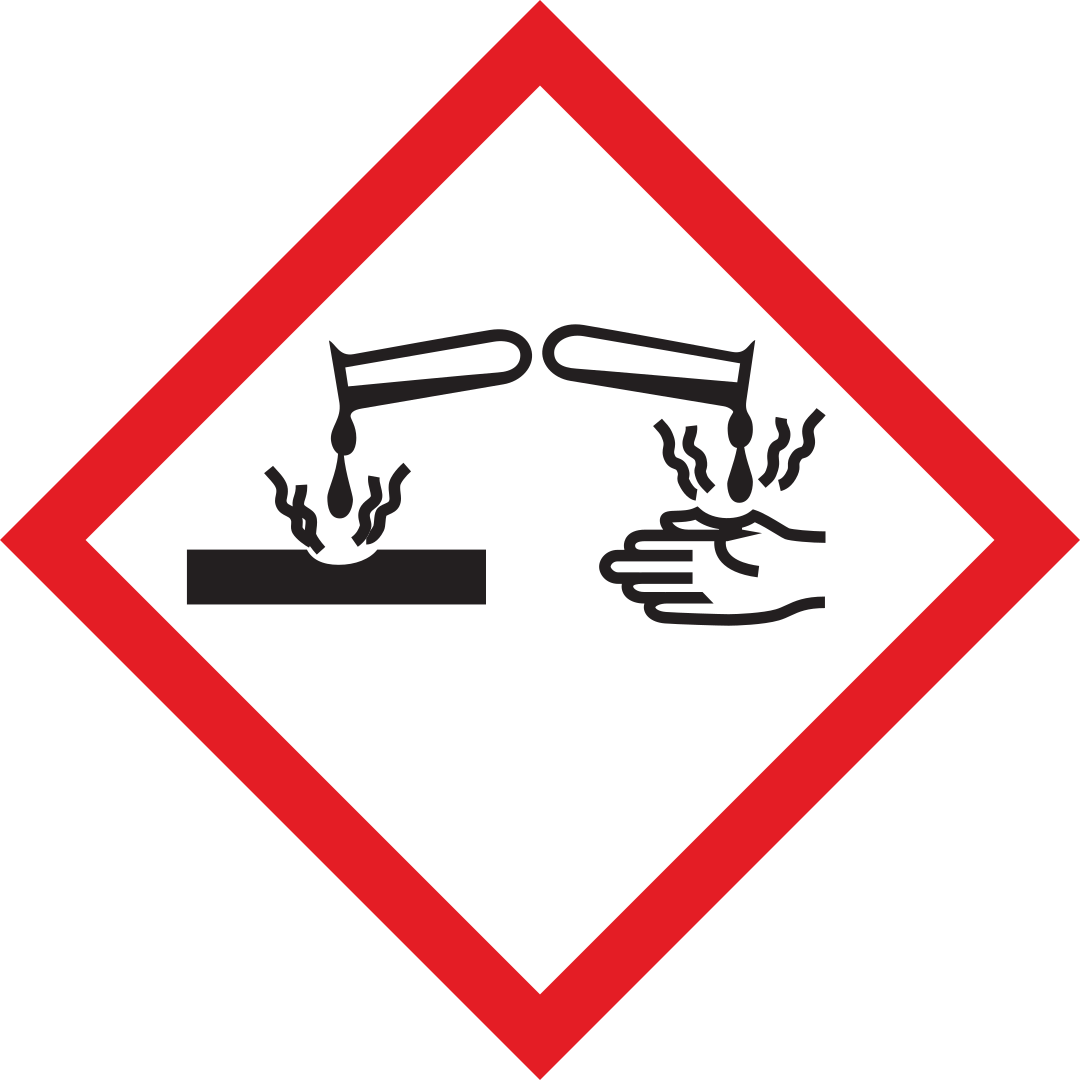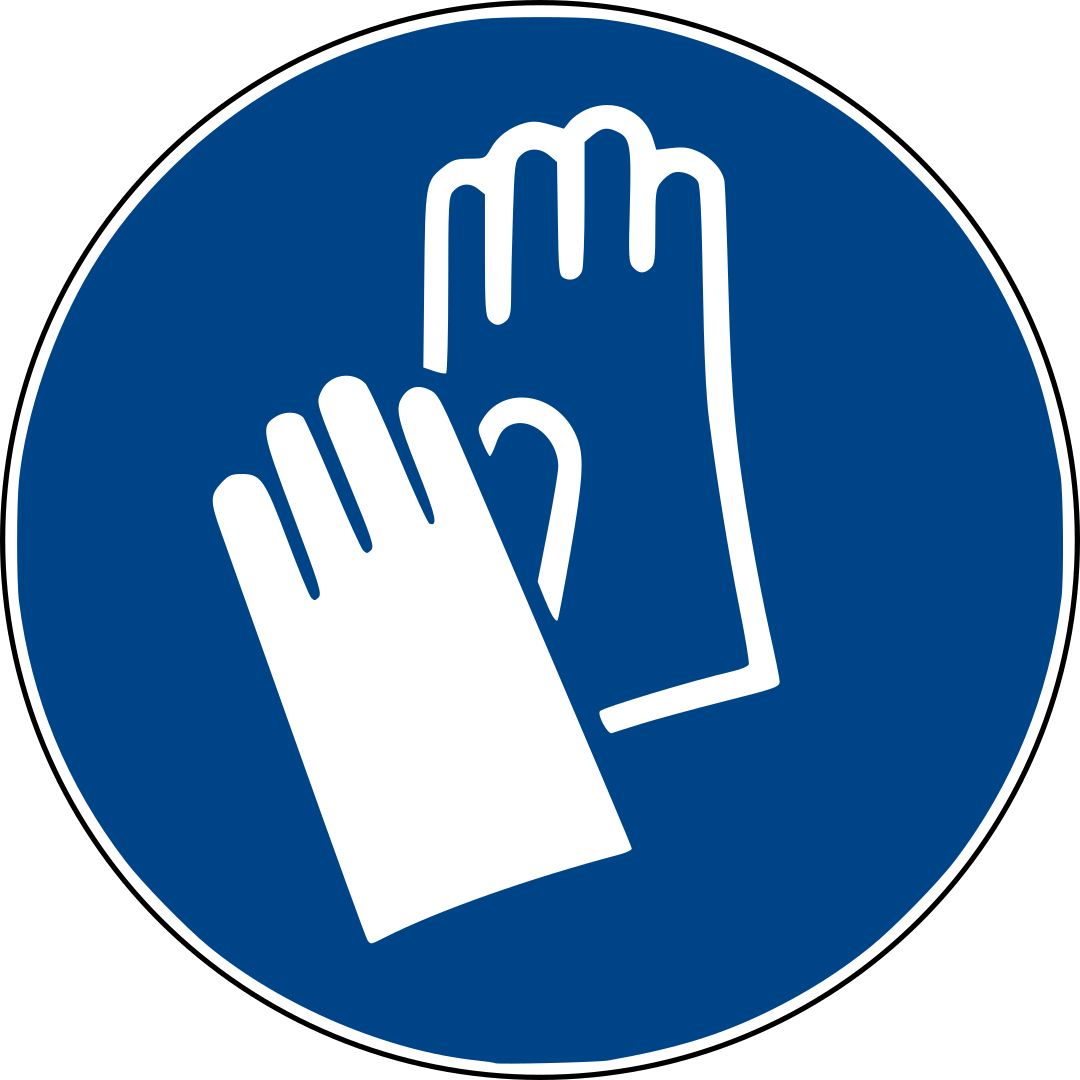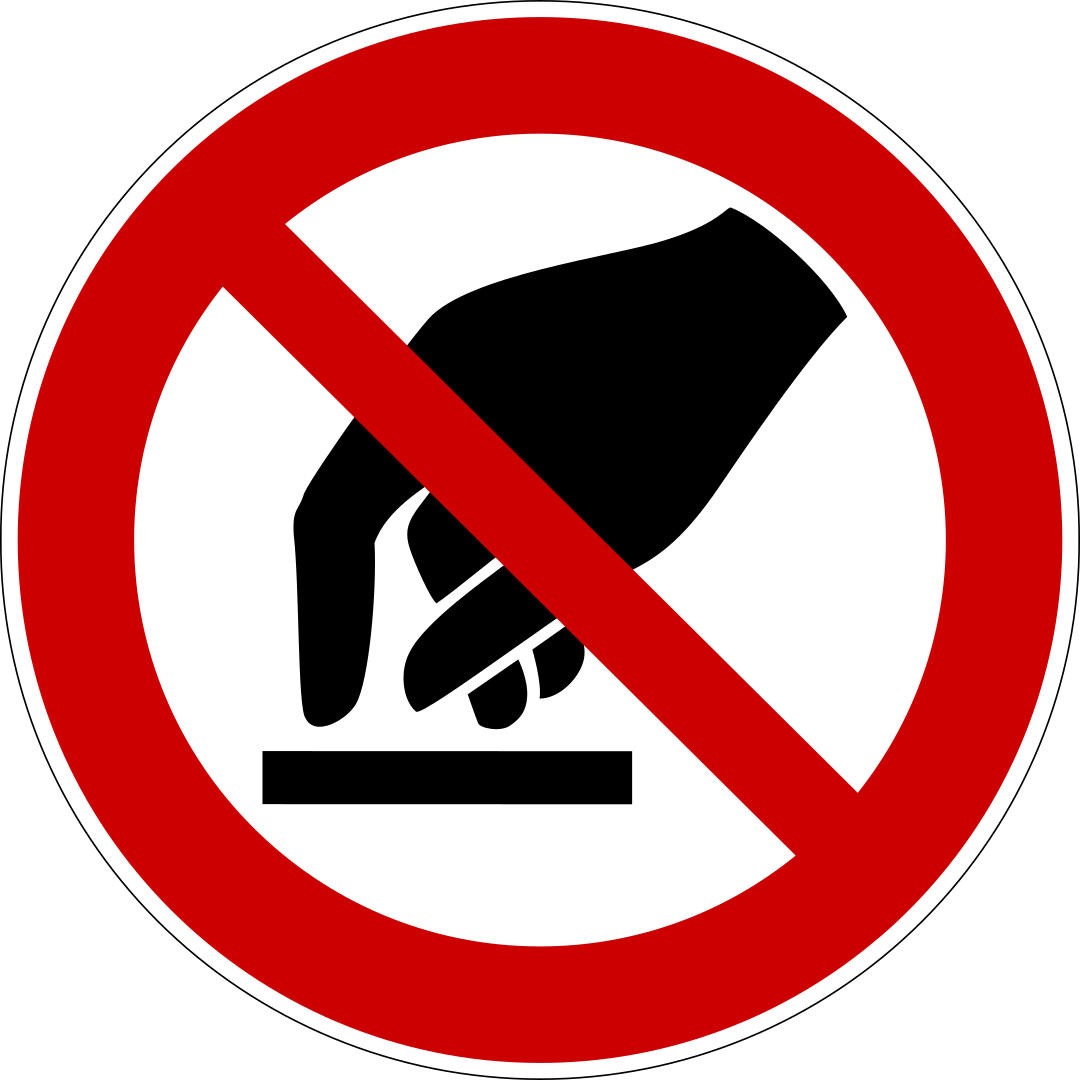You have 45 minutes to answer 50 multiple choice CSCS Health, Safety and Evironment Test questions for Operatives and Specialists. You need to answer at least 45 out of 50 questions correctly to pass. Answers may be reviewed after each question or at the end of the test. Good luck!
List of questions in above test (quick view). Click question box to reveal correct answer.
1. Prosecution by a Health and Safety Executive inspector may take place in which court?
Check ALL that apply
AB
C
D
Correct Answer: A, C
Explanation: A Health and Safety Executive inspector has the power to prosecute in either court.
Explanation: A Health and Safety Executive inspector has the power to prosecute in either court.
2. THREE types of incident are responsible for over 50% of fatal injuries to workers. Which THREE?
Give THREE answers
AB
C
D
Correct Answer: A, B, D
Explanation: Accidents resulting from moving vehicles, falls from height, or falling objects are the three most common causes of fatal injury.
Explanation: Accidents resulting from moving vehicles, falls from height, or falling objects are the three most common causes of fatal injury.
3. You have a legal obligation to report accidents. True or false?
Give ONE answer
AB
Correct Answer: B
Explanation: All parties are legally required to report accidents.
Explanation: All parties are legally required to report accidents.
4. What TWO activities contribute towards good housekeeping?
Give TWO answers
AB
C
D
Correct Answer: B, D
Explanation: Good housekeeping refers to the tidiness of a workspace.
Explanation: Good housekeeping refers to the tidiness of a workspace.
5. You have been in an accident. Which of the following is NOT a required detail for the accident book?
Give ONE answer
AB
C
D
Correct Answer: D
Explanation: You do not need to provide your National Insurance number. The book's purpose is to avoid future accidents.
Explanation: You do not need to provide your National Insurance number. The book's purpose is to avoid future accidents.
6. You have finished using your respiratory protective equipment (RPE). What kind of waste is it?
Give ONE answer
AB
C
D
Correct Answer: B
Explanation: Used RPE is considered hazardous waste, and must be disposed of appropriately.
Explanation: Used RPE is considered hazardous waste, and must be disposed of appropriately.
7. What is the difference between a fume and a vapour?
Give ONE answer
AB
C
D
Correct Answer: D
Explanation: Fumes and vapours both contain suspended particles. With fumes, the particles are solid; with vapours, the particles are liquid.
Explanation: Fumes and vapours both contain suspended particles. With fumes, the particles are solid; with vapours, the particles are liquid.
8. When do legionella bacteria in water become particularly dangerous?
Give ONE answer
AB
C
D
Correct Answer: D
Explanation: Legionella bacteria are particularly active and breed well in warm, still water.
Explanation: Legionella bacteria are particularly active and breed well in warm, still water.
9. Which TWO reasons describe why tools are safer when battery-powered?
Give TWO answers
AB
C
D
E
Correct Answer: A, B
Explanation: Battery powered tools will not administer as strong an electric shock as those connected to mains power. They also do not trail potentially hazardous cables.
Explanation: Battery powered tools will not administer as strong an electric shock as those connected to mains power. They also do not trail potentially hazardous cables.
10. You are routing some cables at floor level. What are TWO things you must ensure?
Give TWO answers
AB
C
D
E
Correct Answer: B, E
Explanation: If you need to route cables along the ground, make sure there are no puddles, and that protective ramps are used to prevent damage if they are run over.
Explanation: If you need to route cables along the ground, make sure there are no puddles, and that protective ramps are used to prevent damage if they are run over.
11. What are two damaging types of noise?
Give TWO answers
AB
C
D
Correct Answer: B, D
Explanation: Continuous noise and peak noise are damaging types of on-site noise.
Explanation: Continuous noise and peak noise are damaging types of on-site noise.
12. What are TWO requirements that must be met for earplugs to be effective?
Give TWO answers
AB
C
D
Correct Answer: A, B
Explanation: Earplugs must be properly fitted, and with clean hands, to prevent hearing damage and infections.
Explanation: Earplugs must be properly fitted, and with clean hands, to prevent hearing damage and infections.
13. What does HAVS stand for?
Give ONE answer
AB
C
D
Correct Answer: B
Explanation: HAVS is a result of vibrational exposure to the hands and arms.
Explanation: HAVS is a result of vibrational exposure to the hands and arms.
14. What environmental risk is created by a badly bunded storage area?
Give ONE answer
AB
C
D
Correct Answer: B
Explanation: Poor bunding will not properly contain any leaked or spilled substances
Explanation: Poor bunding will not properly contain any leaked or spilled substances
15. How will you know how to correctly use a spill kit?
Give ONE answer
AB
C
D
Correct Answer: B
Explanation: All employees must be trained in emergency measures regarding environmental issues. This will happen during or following your induction.
Explanation: All employees must be trained in emergency measures regarding environmental issues. This will happen during or following your induction.
16. Which of the following statements is TRUE about drains on site?
Give ONE answer
AB
C
D
Correct Answer: D
Explanation: Specific liquids may not be permitted down specific drains.
Explanation: Specific liquids may not be permitted down specific drains.
17. Which of the following are common causes of death or injury when working in excavations?
Give ONE answer
AB
C
D
Correct Answer: A
Explanation: These are all potentially fatal incidents.
Explanation: These are all potentially fatal incidents.
18. Which is the safest way getting in and out of an excavation?
Give ONE answer
AB
C
D
Correct Answer: D
Explanation: A tied ladder is a secure way of accessing an excavation.
Explanation: A tied ladder is a secure way of accessing an excavation.
19. What is the BIGGEST risk when a service is struck during work?
Give ONE answer
AB
C
D
Correct Answer: A
Explanation: Striking a service can result in fatal injury, or death.
Explanation: Striking a service can result in fatal injury, or death.
20. Where MUST a risk assessment be conducted for the risk of falling from height?
Give ONE answer
AB
C
D
Correct Answer: C
Explanation: A risk assessment must be conducted for all work taking place at height.
Explanation: A risk assessment must be conducted for all work taking place at height.
21. Where must you NOT use a mobile elevating work platform?
Give ONE answer
AB
C
D
Correct Answer: C
Explanation: Ground must be stable and firm.
Explanation: Ground must be stable and firm.
22. Who is responsible for training and informing workers at height so they can operate safely?
Give ONE answer
AB
C
D
Correct Answer: C
Explanation: Employers must ensure all workers receive adequate instruction and information.
Explanation: Employers must ensure all workers receive adequate instruction and information.
23. You are doing construction work in a residential area. What is the MAIN measure you might use to protect the public from falling objects?
Give ONE answer
AB
C
D
Correct Answer: A
Explanation: You may decide to shut off pavement access.
Explanation: You may decide to shut off pavement access.
24. When tiling a roof, your helmet falls to the ground. What is the correct course of action?
Give ONE answer
AB
C
D
Correct Answer: C
Explanation: Falls from height can weaken the strength of a helmet, even if it is not obviously marked or cracked. A helmet that has fallen from height should always be replaced.
Explanation: Falls from height can weaken the strength of a helmet, even if it is not obviously marked or cracked. A helmet that has fallen from height should always be replaced.
25. What are TWO safety features that all footwear on site must have?
Give TWO answers
AB
C
D
E
Correct Answer: D, E
Explanation: Toe caps and puncture protection are minimum requirements for safety footwear.
Explanation: Toe caps and puncture protection are minimum requirements for safety footwear.
26. Your colleague has fallen from a building, and is suspended from their safety harness. Rescue is slow to arrive. What is ONE major health risk they may face?
Give ONE answer
AB
C
D
Correct Answer: B
Explanation: Also known as "suspension trauma," suspension syncope is a major risk to those whose fall has been arrested.
Explanation: Also known as "suspension trauma," suspension syncope is a major risk to those whose fall has been arrested.
27. All masks should have:
Give ONE answer
AB
C
D
Correct Answer: A
Explanation: All masks on site should have a CE mark, and/or a British Standard number, to verify their quality.
Explanation: All masks on site should have a CE mark, and/or a British Standard number, to verify their quality.
28. What is your responsibility as a worker when it comes to acquiring hot work permits?
Give ONE answer
AB
C
D
Correct Answer: C
Explanation: Employees should understand how and when to acquire hot work permits.
Explanation: Employees should understand how and when to acquire hot work permits.
29. Using a foam (cream) extinguisher is an example of what?
Give ONE answer
AB
C
D
Correct Answer: D
Explanation: A foam extinguisher smothers the fire by removing oxygen.
Explanation: A foam extinguisher smothers the fire by removing oxygen.
30. You are about to begin drilling again after lunch, and see paint cans have been left open in your area. What risk should you be aware of?
Give ONE answer
AB
C
D
Correct Answer: C
Explanation: Paint pots and solvents left open create a potentially flammable atmosphere. An overheating power tool would be enough to set this on fire.
Explanation: Paint pots and solvents left open create a potentially flammable atmosphere. An overheating power tool would be enough to set this on fire.
31. What should you do upon hearing the fire alarm?
Give ONE answer
AB
C
D
Correct Answer: A
Explanation: When the alarm sounds you should stop work immediately and head to the fire assembly point.
Explanation: When the alarm sounds you should stop work immediately and head to the fire assembly point.
32. A liquid is highly flammable if:
Give ONE answer
AB
C
D
Correct Answer: A
Explanation: A highly flammable liquid is one that can ignite at temperatures lower than 32 degrees Celsius.
Explanation: A highly flammable liquid is one that can ignite at temperatures lower than 32 degrees Celsius.
33. You have spilled some solvent. What should you do?
Give ONE answer
AB
C
D
Correct Answer: B
Explanation: You must immediately clear up any spillages of flammable liquids.
Explanation: You must immediately clear up any spillages of flammable liquids.
34. What is the status of asbestos use in the UK?
Give ONE answer
AB
C
D
Correct Answer: A
Explanation: The UK has banned the use of asbestos under any circumstances.
Explanation: The UK has banned the use of asbestos under any circumstances.
35. A material has been sent to the laboratory for asbestos testing. What should be done in the meantime?
Give ONE answer
AB
C
D
Correct Answer: D
Explanation: If the laboratory report is not yet completed, assume the material contains asbestos.
Explanation: If the laboratory report is not yet completed, assume the material contains asbestos.
36. Which fire extinguisher should be used when conducting hot works?
Give ONE answer
AB
C
D
Correct Answer: C
Explanation: You must be issued with an extinguisher specific to your task and area.
Explanation: You must be issued with an extinguisher specific to your task and area.
37. What sign indicates a first aid post?
Give ONE answer
AB
C
D
Correct Answer: C
Explanation: The first aid post is signalled by a white cross on a green background
Explanation: The first aid post is signalled by a white cross on a green background
38. A member of your team has a serious accident. Give TWO immediate actions you must take.
Give TWO answers
AB
C
D
E
Correct Answer: A, B
Explanation: You must not put yourself or others in further danger - check it is safe to approach, and attract the attention of others who can call for qualified assistance.
Explanation: You must not put yourself or others in further danger - check it is safe to approach, and attract the attention of others who can call for qualified assistance.
39. What will indicate that you are suffering from work-related ill health?
Give ONE answer
AB
C
D
Correct Answer: B
Explanation: It may not be immediately obvious that you are developing work-related health conditions.
Explanation: It may not be immediately obvious that you are developing work-related health conditions.
40. Which of the following helps protect you from picking up leptospirosis, tetanus, and hepatitis?
Give ONE answer
AB
C
D
Correct Answer: B
Explanation: Protective gloves will provide protection against all these diseases, because they cover open cuts and offer puncture protection.
Explanation: Protective gloves will provide protection against all these diseases, because they cover open cuts and offer puncture protection.
41. Fatigue is most likely to result from what kind of work?
Give ONE answer
AB
C
D
Correct Answer: C
Explanation: Monotonous work may lead to fatigue.
Explanation: Monotonous work may lead to fatigue.
42. What is the biggest risk if you are caught with psychoactive substances?
Give ONE answer
AB
C
D
Correct Answer: C
Explanation: Possession of psychoactive substances is an offence; the most severe penalty is 7 years in prison.
Explanation: Possession of psychoactive substances is an offence; the most severe penalty is 7 years in prison.
43. What kinds of sign indicate something MANDATORY?
Give ONE answer
AB
C
D
Correct Answer: B
Explanation: Mandatory signs are blue circles with a white drawing or figure.
Explanation: Mandatory signs are blue circles with a white drawing or figure.
44. Which sign might you find when there are electricity cables overhead?
Give ONE answer
AB
C
D
Correct Answer: D
Explanation: You may find a high voltage sign where electricity cables run overhead.
Explanation: You may find a high voltage sign where electricity cables run overhead.
45. Not everyone on site is familiar with what standard safety signs mean. What might your employer do?
Give ONE answer
AB
C
D
Correct Answer: C
Explanation: Standard signs must always be used where they are required. It is your responsibility to understand them, but your employer should offer support where necessary.
Explanation: Standard signs must always be used where they are required. It is your responsibility to understand them, but your employer should offer support where necessary.
46. Which sign will you see if you are not allowed to touch something?
Give ONE answer
AB
C
D
Correct Answer: C
Explanation: Prohibition signs are circular, with a single red diagonal line through the image.
Explanation: Prohibition signs are circular, with a single red diagonal line through the image.
47. What will you find where you see this sign?
Give ONE answer
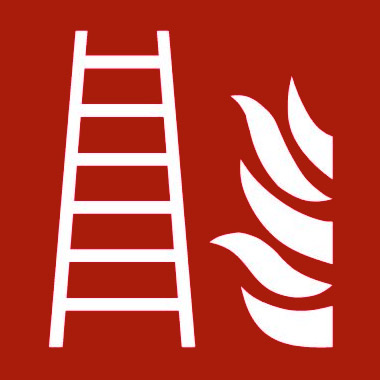
B
C
D
Correct Answer: B
Explanation: This sign indicates the location of a fire ladder. These are for use in firefighting only.
Explanation: This sign indicates the location of a fire ladder. These are for use in firefighting only.
48. Why are some mobile plants fitted with CCTV?
Give ONE answer
AB
C
D
Correct Answer: A
Explanation: CCTV helps expand an operator's field of vision when using large machinery. It does not guarantee they will notice pedestrians.
Explanation: CCTV helps expand an operator's field of vision when using large machinery. It does not guarantee they will notice pedestrians.
49. There are usually two levels of safety zone around plant machinery. When can you enter zone 1?
Give ONE answer
AB
C
D
Correct Answer: B
Explanation: Only enter zone 1 if you have received confirmation from the operator that it is safe to do so.
Explanation: Only enter zone 1 if you have received confirmation from the operator that it is safe to do so.
50. How should the risk of a vehicle overturning be mitigated when that risk is high?
Give ONE answer
AB
C
D
Correct Answer: A
Explanation: Roll-over protective structures (ROPS) should be fitted if the risk of overturning is high.
Explanation: Roll-over protective structures (ROPS) should be fitted if the risk of overturning is high.

